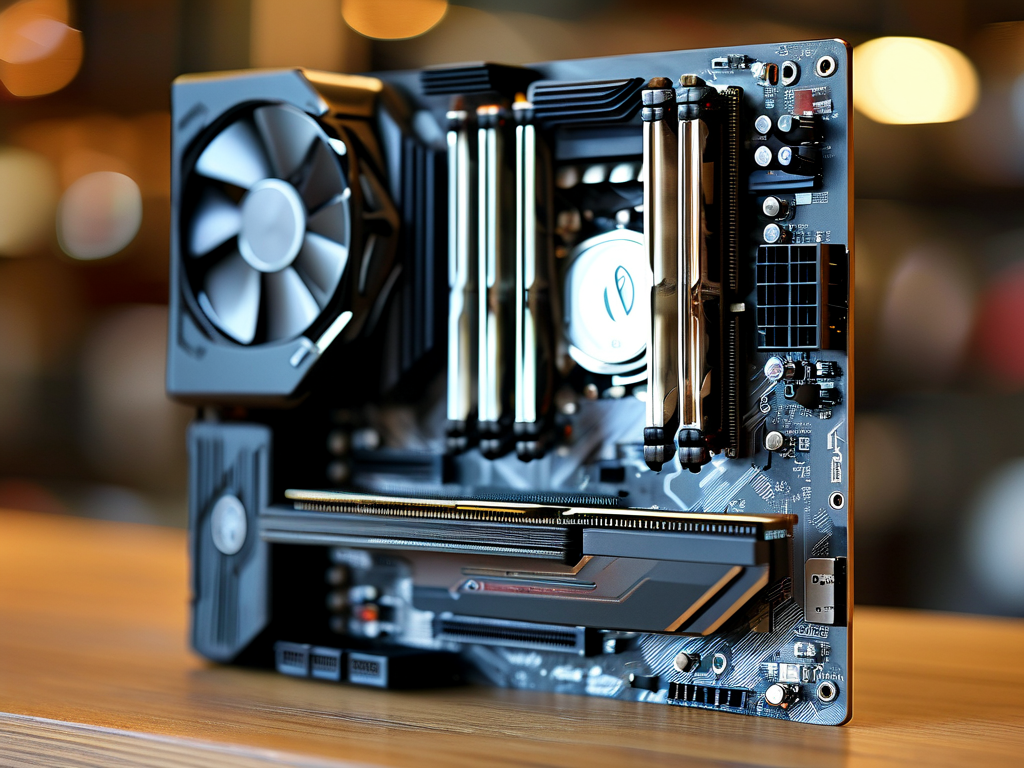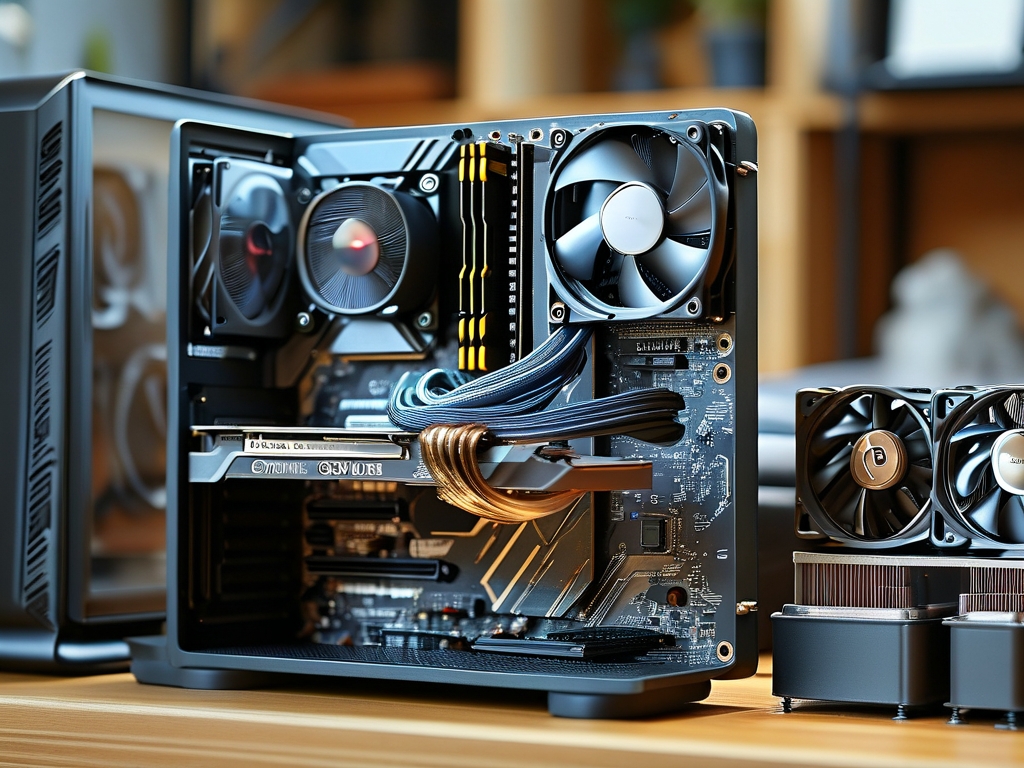Optimizing memory performance through manual overclocking requires precise calculations and systematic testing. Unlike factory-preset configurations, custom RAM tuning demands an understanding of voltage limits, timing adjustments, and frequency scaling. This guide explains how to calculate stable overclocking parameters while avoiding hardware damage.

Understanding Core Variables
Three primary factors influence RAM overclocking: frequency (MHz), voltage (V), and timings (CL-tRCD-tRP-tRAS). The relationship between these elements determines system stability. For example, increasing frequency often requires adjusting voltage or relaxing timings to maintain equilibrium. A common formula used by enthusiasts is:
Stability Score = (Frequency × 0.6) + (Voltage × 20) - (Timing Sum × 8) This heuristic helps estimate compatibility but requires empirical validation through stress tests.
Frequency-to-Voltage Scaling
Every RAM module has a manufacturer-specified voltage range, typically 1.2V–1.45V for DDR4. To calculate a safe voltage increase:
- Identify baseline frequency/voltage (e.g., 3200MHz at 1.35V)
- For every 200MHz target increase, add 0.05V within safe limits
- Use Ohm’s Law (V = I × R) to verify power delivery capacity
Example calculation for 3600MHz overclock:
Voltage increment = (3600 - 3200) / 200 × 0.05 = 0.10V
New voltage = 1.35V + 0.10V = 1.45V (within DDR4 safety threshold) Timing Adjustments
Tightening timings improves latency but reduces overclocking headroom. The "tCL" (CAS Latency) value is most critical. A modified formula for timing adjustments relative to frequency is:
Adjusted tCL = Base tCL × (Base Frequency / Target Frequency) + Margin For a 3200MHz CL16 kit targeting 3600MHz:
Adjusted tCL = 16 × (3200/3600) + 1 = 15.22 → Round to CL16 for stability Stability Validation
After calculations, test configurations using:
- MemTest86 for error detection
- Prime95 for thermal validation
- AIDA64 for latency benchmarking
A 3-step verification process is recommended:
- 30-minute stress test at 80% target frequency
- 1-hour test at full frequency with adjusted timings
- 24-hour burn-in for mission-critical systems
Heat Management
Thermal output increases exponentially with voltage. The approximate thermal delta can be estimated using:
ΔT (°C) = (V² × R × t) / (Mass × Specific Heat) Where:
- V = Voltage increase
- R = Module resistance (~0.5Ω for DDR4)
- t = Time in seconds
- Mass = RAM module weight (~30g)
This explains why sustained 1.5V operation requires active cooling solutions.
Tools for Precision
Advanced users employ oscilloscopes and custom firmware to analyze signal integrity. Open-source utilities like DRAM Calculator for Ryzen provide automated suggestions but should be cross-verified manually. For example:
def calculate_secondary_timings(base_freq, target_freq, tCL):
ratio = target_freq / base_freq
tRCD = round(tCL * ratio * 1.1)
tRP = round(tCL * ratio * 0.95)
return tRCD, tRP
Successful RAM overclocking blends mathematical precision with iterative testing. By methodically calculating voltage increments, timing ratios, and thermal limits, users can safely unlock 10–25% additional performance. Always maintain detailed logs of adjustments and test results, as even identical RAM kits may exhibit variances in overclocking potential.


